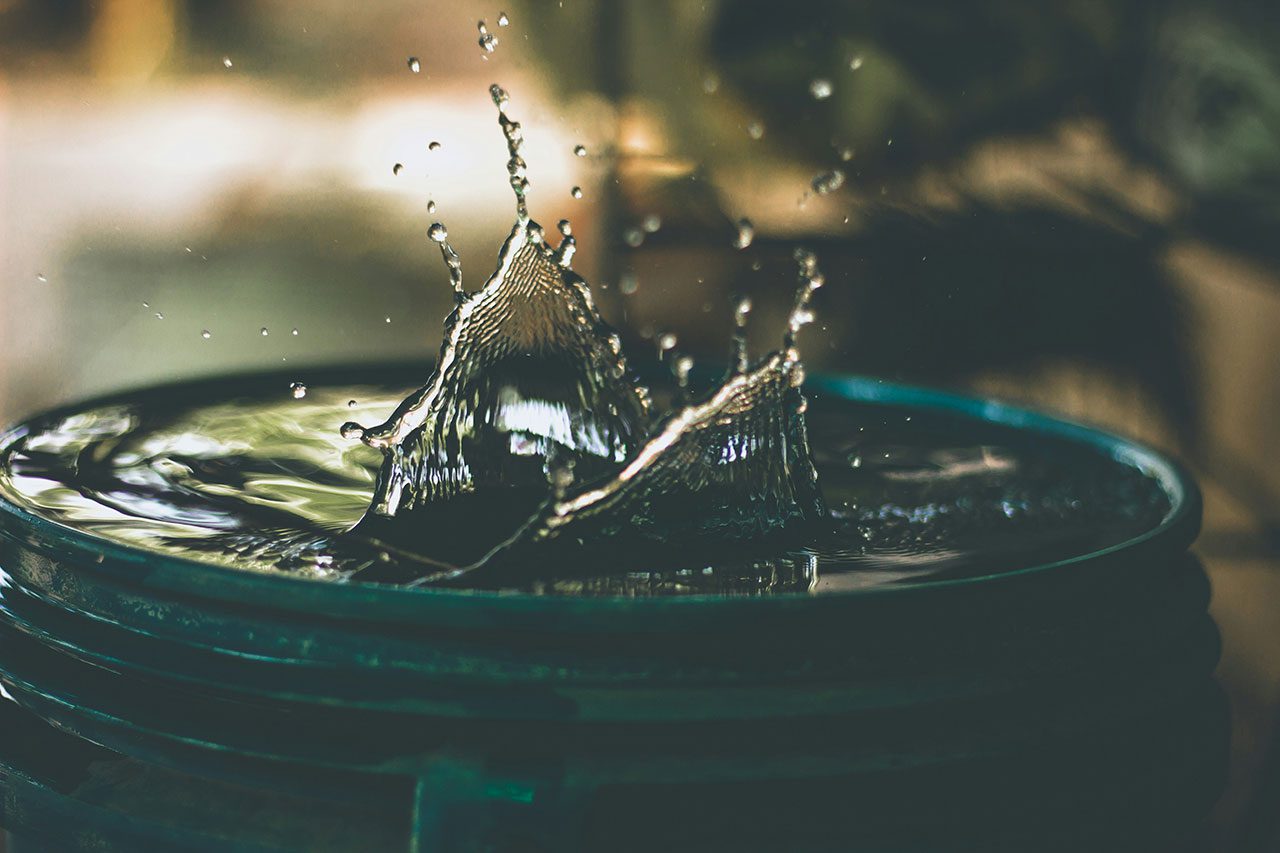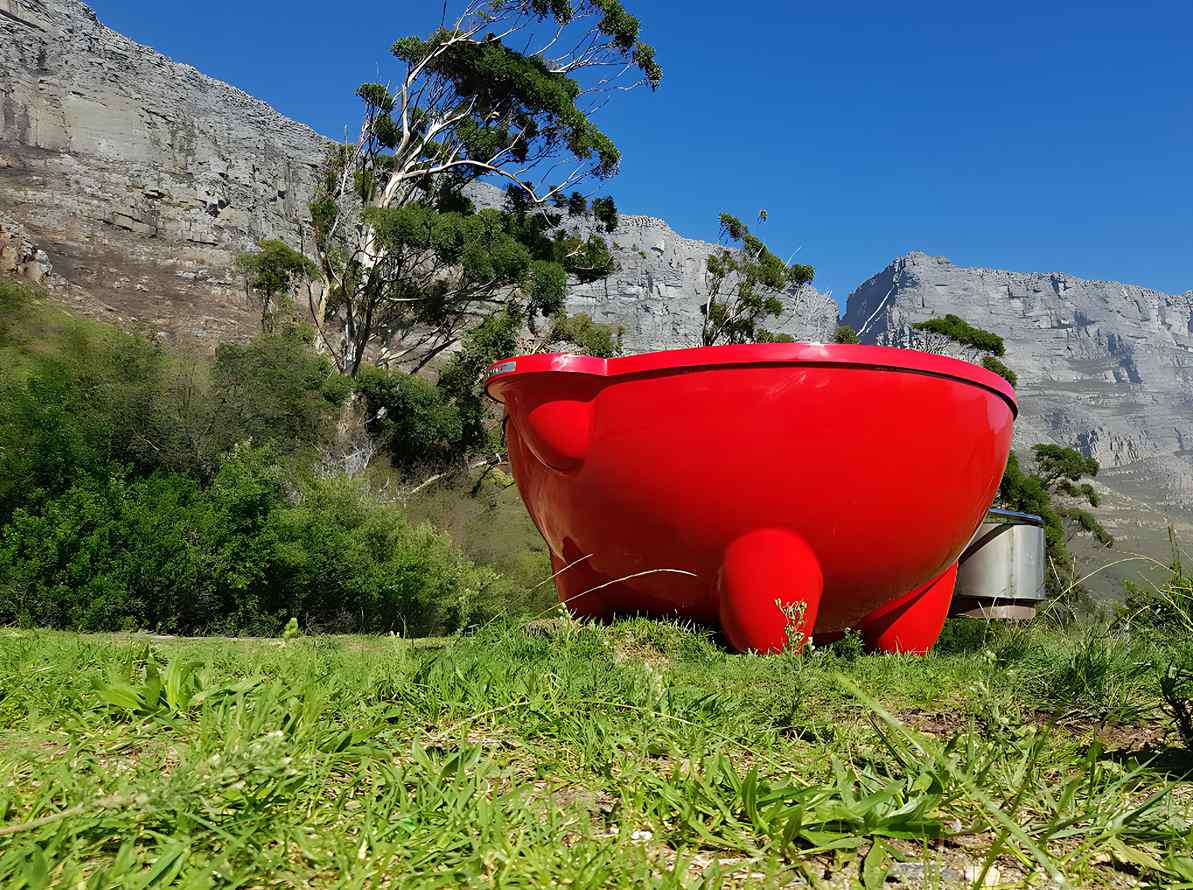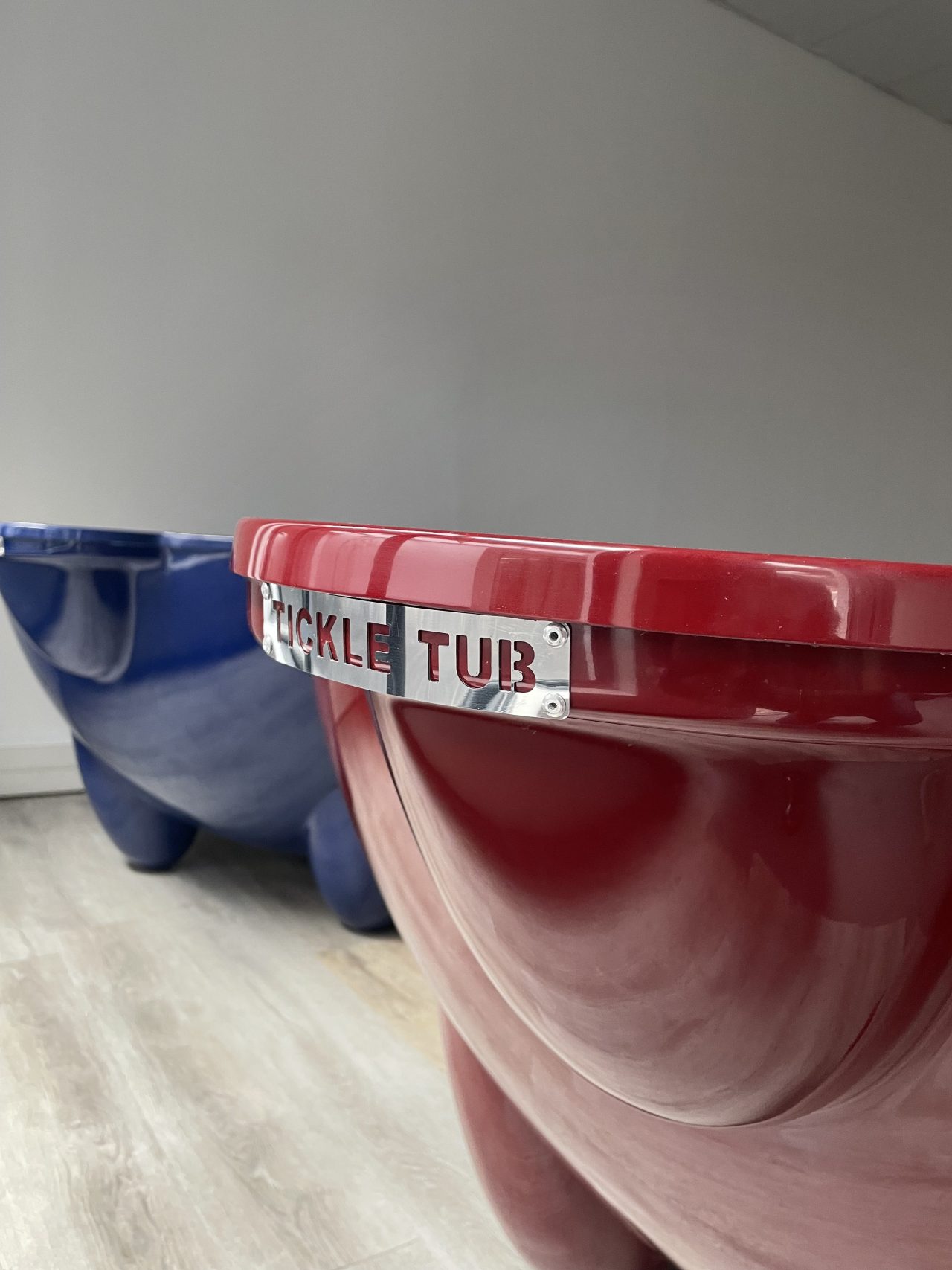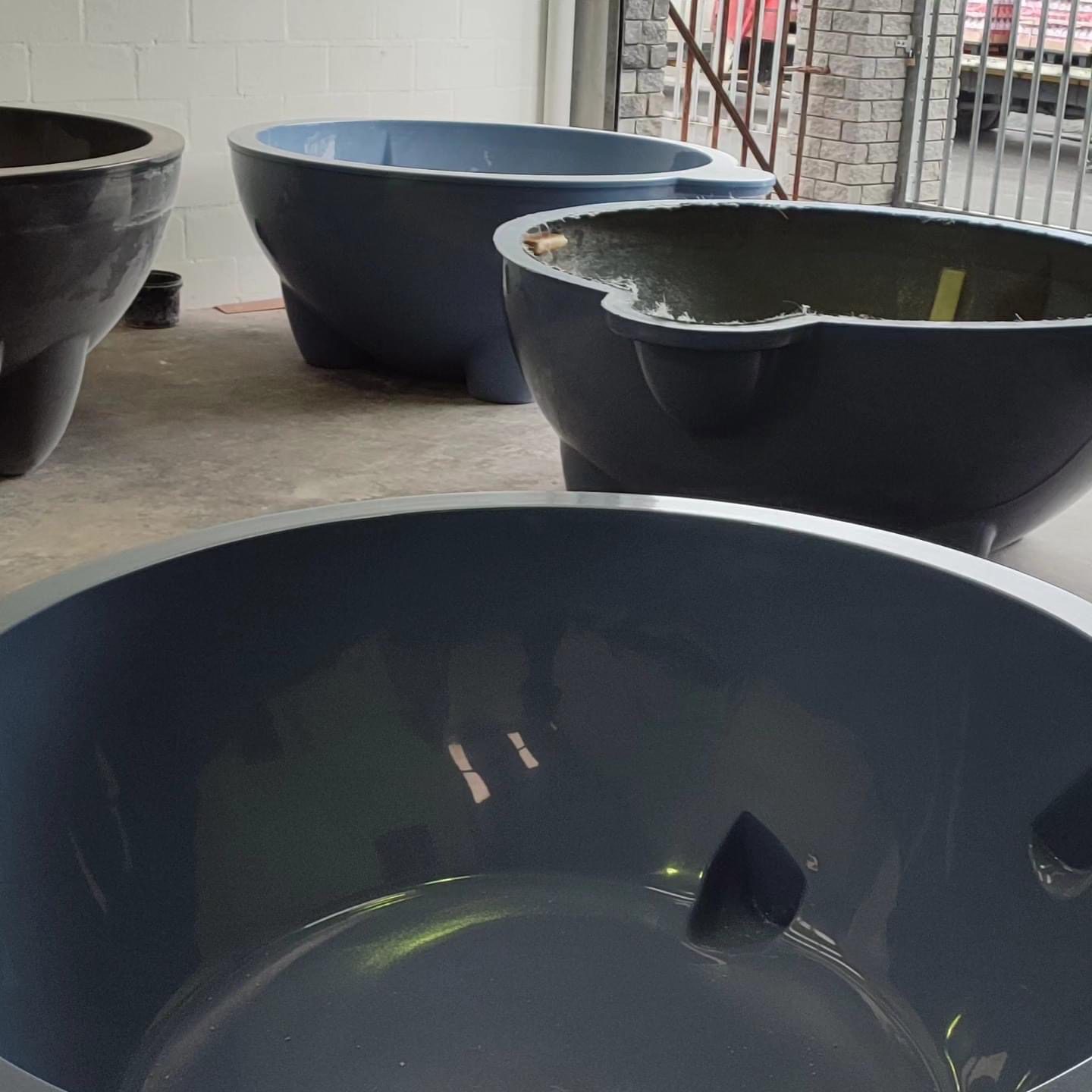
South Africa faces significant challenges when it comes to energy and water resources. Load shedding has become a part of daily life, while water scarcity continues to be a pressing issue in many parts of the country. In the face of these challenges, innovative solutions are emerging, and one unexpected player in this field is the Tickle Tub – a fire-driven hot tub making waves for its eco-friendly design.
Energy & Water Concerns
At first glance, a hot tub might seem like a luxury ill-suited to a country grappling with resource constraints. However, the Tickle Tub proudly manufactured in Cape Town, is designed with South Africa’s unique challenges in mind, offering a sustainable approach to relaxation that addresses both energy and water concerns.
Let’s start with the energy aspect. Traditional electric hot tubs are notorious energy guzzlers, consuming significant amounts of electricity to heat and maintain water temperature. In a country where the power grid is already strained, adding such appliances can exacerbate the problem. The Tickle Tub, however, operates entirely off-grid, using an innovative fire-driven heating system.
This system consists of stainless steel fire coils attached to the side of the tub. As a fire is built in these coils, it heats the water through natural convection. Hot water rises inside the spirals, pushing into the tub through an outlet, while cooler water is drawn in through a lower inlet. This clever design eliminates the need for electricity, allowing users to enjoy a warm soak even during load shedding.
The implications of this design go beyond just convenience during power outages. By choosing a Tickle Tub over an electric hot tub, South African households and businesses can significantly reduce their electricity consumption. This not only lowers individual energy bills but also decreases the overall demand on our national power grid. If adopted on a large scale, innovations like the Tickle Tub could play a role in reducing the frequency and duration of load-shedding events.
But what about water conservation? In a country where drought is a recurring issue, any water-based luxury item needs to justify its use of this precious resource. Once again, the Tickle Tub rises to the challenge. Its design incorporates several water-saving features that set it apart from traditional pools or hot tubs.
Firstly, the Tickle Tub has a capacity of 700 litres, which is significantly less than a standard swimming pool. This smaller volume means less water is needed to fill the tub, and less water is lost to evaporation over time. The double-walled Fibreglass construction acts as insulation, helping to maintain water temperature and reduce the need for frequent reheating, which can lead to increased evaporation in other types of tubs.
Moreover, the Tickle Tub is designed for easy water management. A 3/4 inch shut-off valve connects perfectly to a garden hose, making it simple to empty, circulate, or purify the water. This ease of maintenance encourages responsible water use. Users can easily refresh the water when needed, rather than continuously topping up a larger body of water as is often the case with swimming pools.
The portability of the Tickle Tub also contributes to its water-saving potential. Unlike built-in pools or hot tubs that stand empty when not in use, the Tickle Tub can be emptied and stored during long periods of disuse, such as during water restrictions or droughts.
In addition to its energy and water-saving features, the Tickle Tub also promotes sustainable practices in other ways. The fire-driven system can use renewable biomass fuels, further reducing its environmental impact. The tubs themselves are built to last, with durable materials that ensure a long lifespan, reducing the need for frequent replacements and the associated resource consumption.
The Tickle Tub also represents a shift towards more sustainable manufacturing practices in South Africa. Produced locally in Cape Town, these tubs support local industry and reduce the carbon footprint associated with importing similar products from overseas.
As South Africa continues to grapple with its energy and water challenges, innovations like the Tickle Tub demonstrate that it’s possible to create products that offer luxury and comfort while also being mindful of our resource constraints. It’s a prime example of how South African ingenuity can turn challenges into opportunities, creating solutions that are not only environmentally friendly but also perfectly suited to our unique context.
The Tickle Tub shows that with creative thinking, we can enjoy life’s pleasures while still being responsible stewards of our resources. As more South Africans embrace such innovations, we move closer to a future where sustainability and enjoyment go hand in hand and our response to challenges becomes a source of pride and progress.




